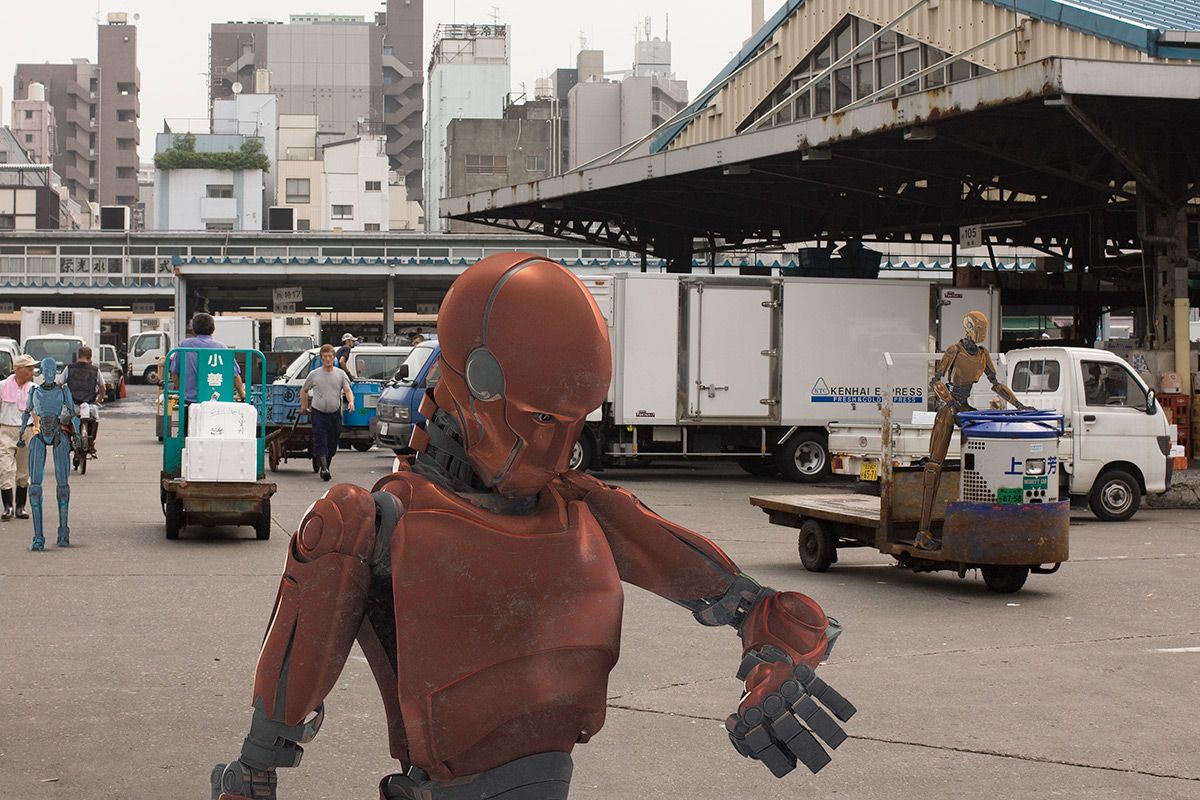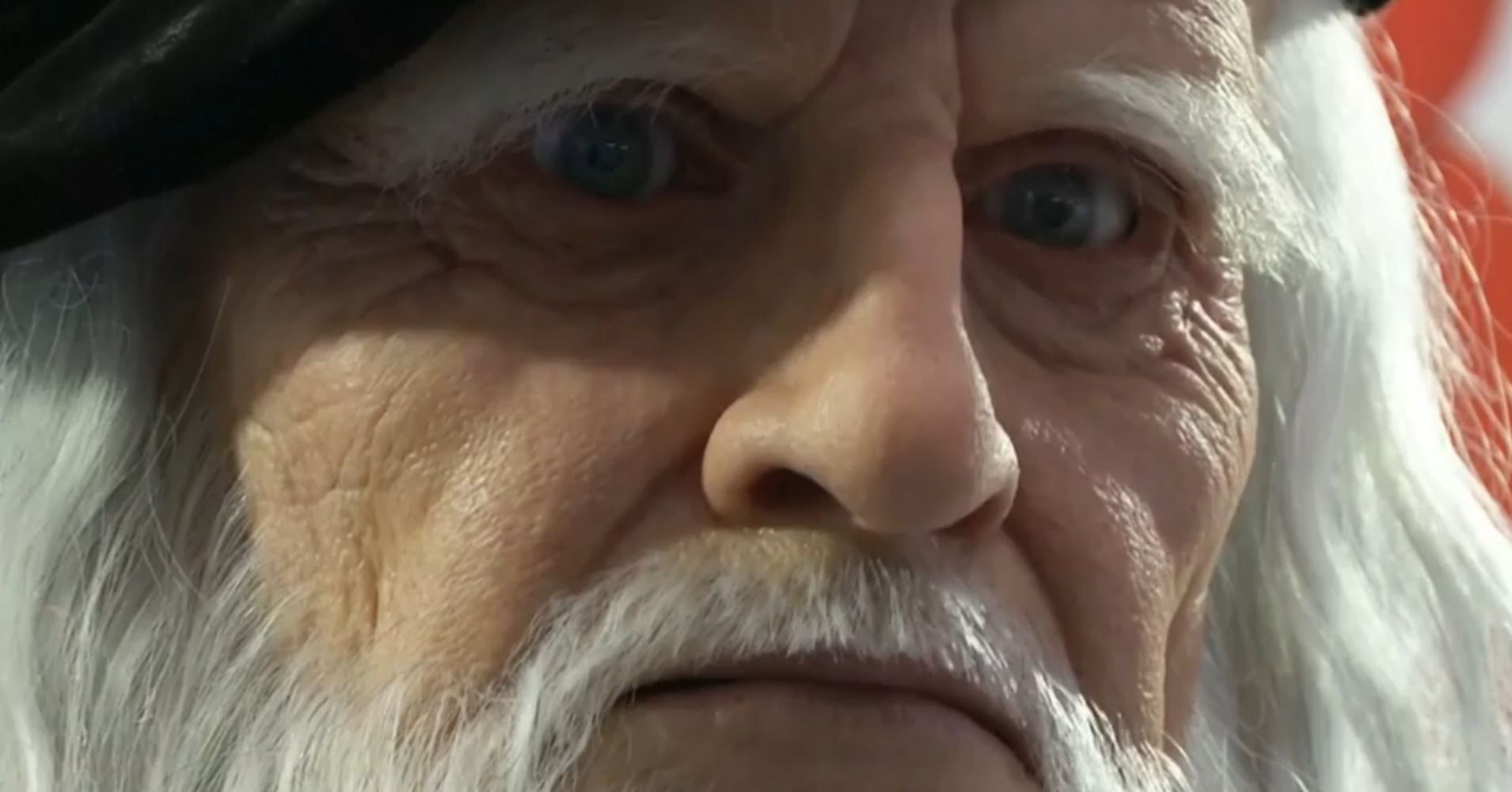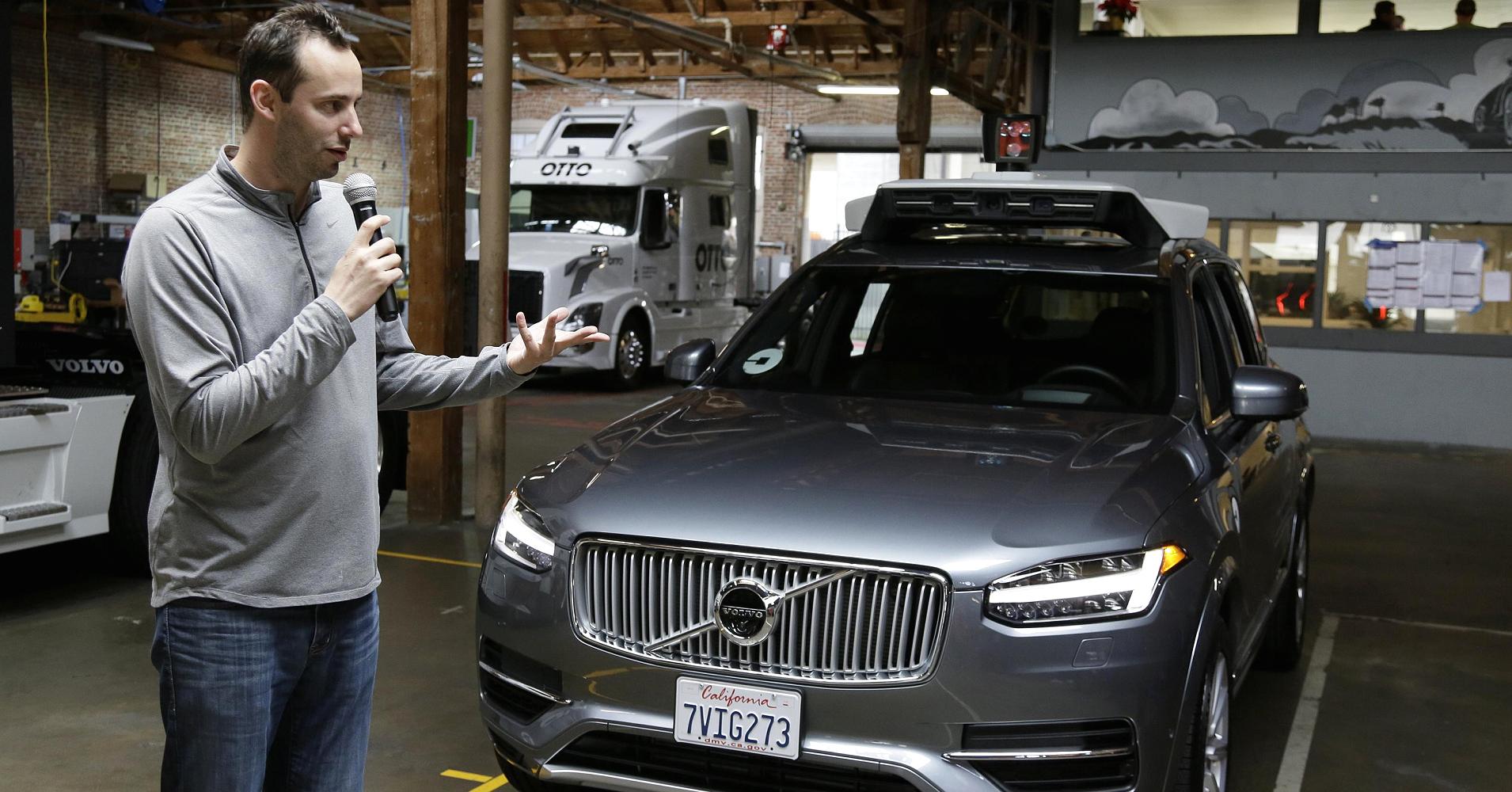Biological systems don’t completely freeze up when they encounter a new situation, but computers often do.
Biological organisms are pretty good at navigating life’s unpredictability, but computers are embarrassingly bad at it.
That’s the crux of a new military research program that aims to model artificially intelligent systems after the brains of living creatures. When an organism encounters a new environment or situation, it relies on past experience to help it make a decision. Current artificial intelligence technology, on the other hand, relies on extensive training on various data sets, and if it hasn’t encountered a specific situation, it can’t select a next step.
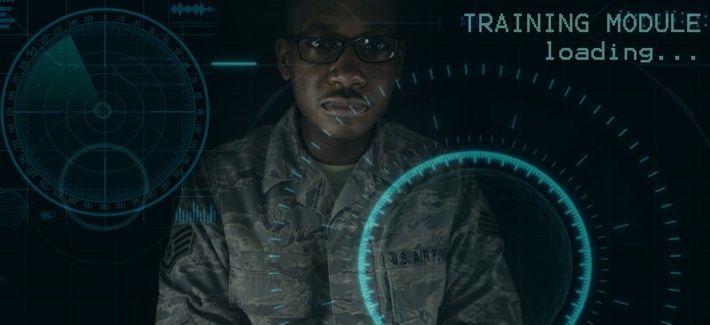
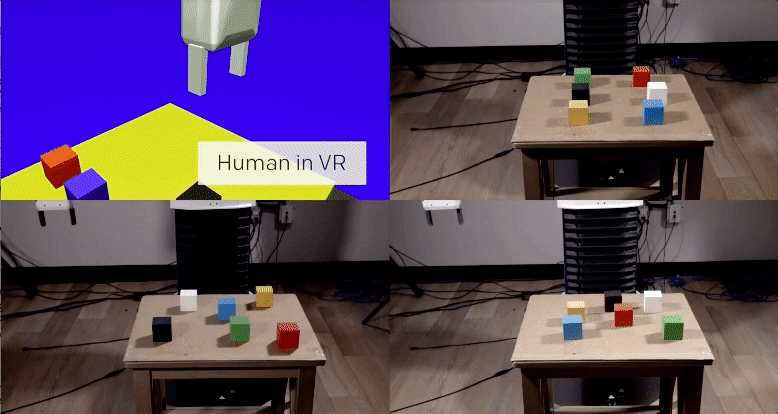
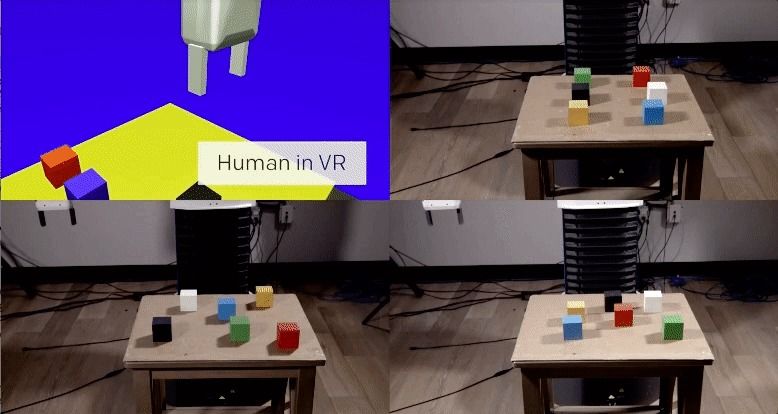 Caption: Our system can learn a behavior from a single demonstration delivered within a simulator, then reproduce that behavior in different setups in reality.
Caption: Our system can learn a behavior from a single demonstration delivered within a simulator, then reproduce that behavior in different setups in reality.